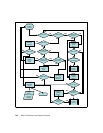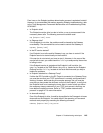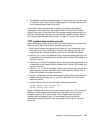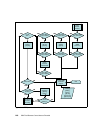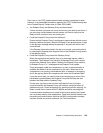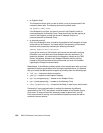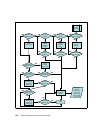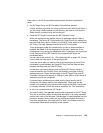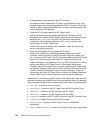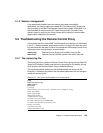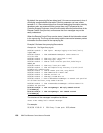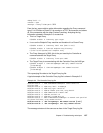150 IBM Tivoli Remote Control Across Firewalls
Is Endpoint alive?
The Endpoint must be alive in order to let the pcremote process send it the
necessary down calls. The following command could be used:
wep [Endpoint label] status
If the Endpoint is not alive, you have to control if the Endpoint is able to
communicate with its Gateway Proxy. Check the lcfd.log and the gwp.log to
control if the Endpoint is using the correct IP address and port to
communicate with its Gateway Proxy.
Is downcall working?
Even if the Endpoint is alive, it could be impossible for the Framework to issue
down calls on the Endpoint. You could check if the spawning of Framework
methods work properly by executing the following command:
wadminep [Endpoint label] view_version
If you get the version of the Endpoint, this means the downcall is working.
Otherwise, you could face some local Endpoint security restrictions. To
isolate the problem, you could refer to the epmgrlog, located on the TMR
Server, the gatelog, located on the Endpoint Gateway and the lcfd.log,
located on the local machine which could provide you a lot of information
regarding the Endpoint communication.
Nevertheless, if the different problems could not be isolated even after you have
executed all actions and analyzed all of the logs mentioned above, it is advised
that you contact the IBM customer support by providing them the following logs:
lcfd.log — located on the local machine
gatelog — located on the Endpoint Gateway
epp.log and epproxy.cfg — located on the Endpoint Proxy
gwp.log and gwproxy.cfg — located on the Gateway Proxy
relay.log and relay.cfg — located on the Relay, if used in your environment
Conversely, if every communication is working fine between the different
components of the TFST, the problem could be located at the Remote Control
Proxy level. To help you follow the necessary steps to determine if your RC
Proxy environment is working, we have defined a specific process that will be
covered in the next section.





